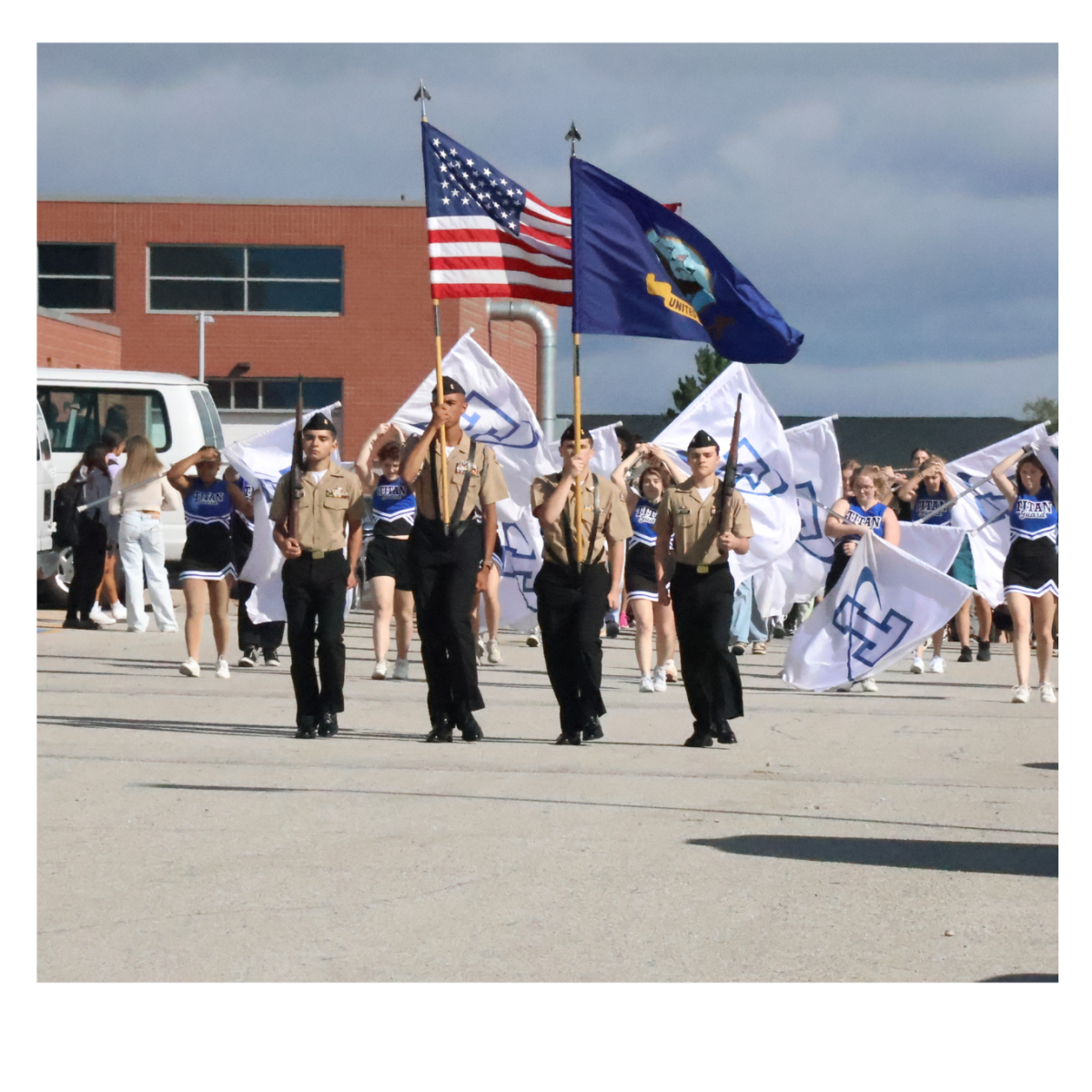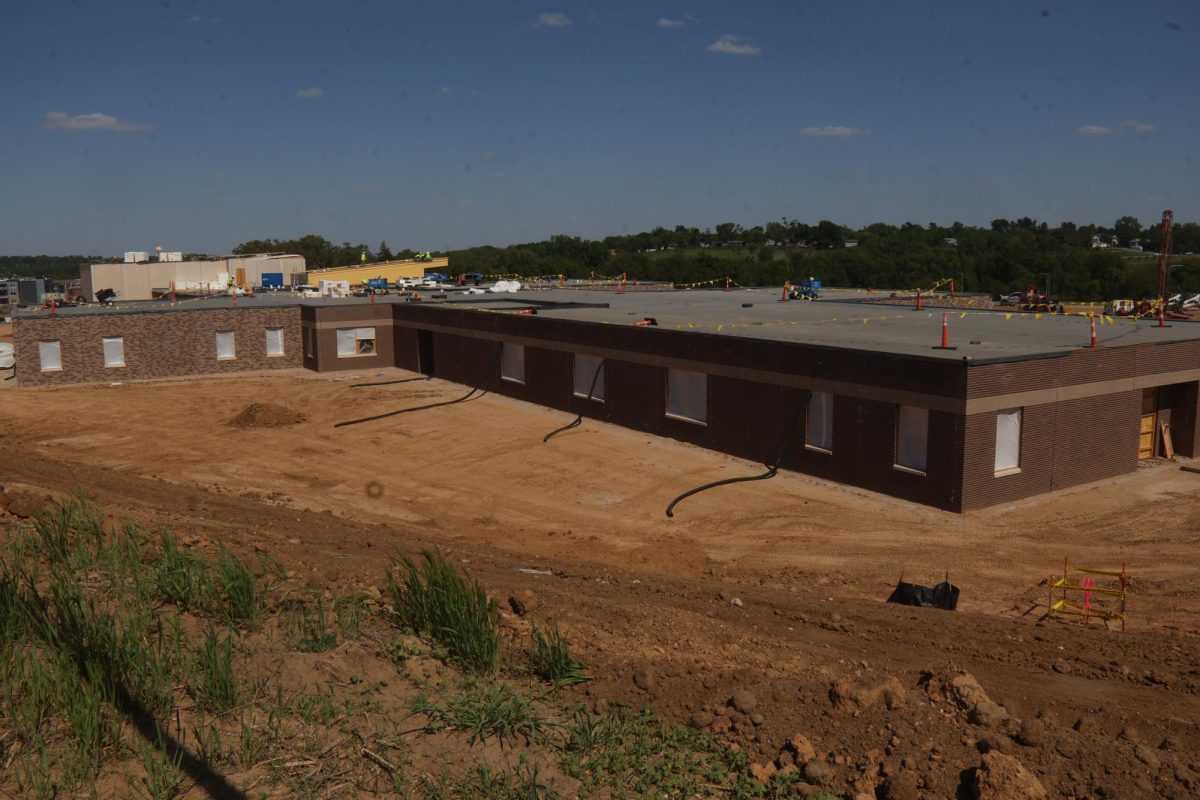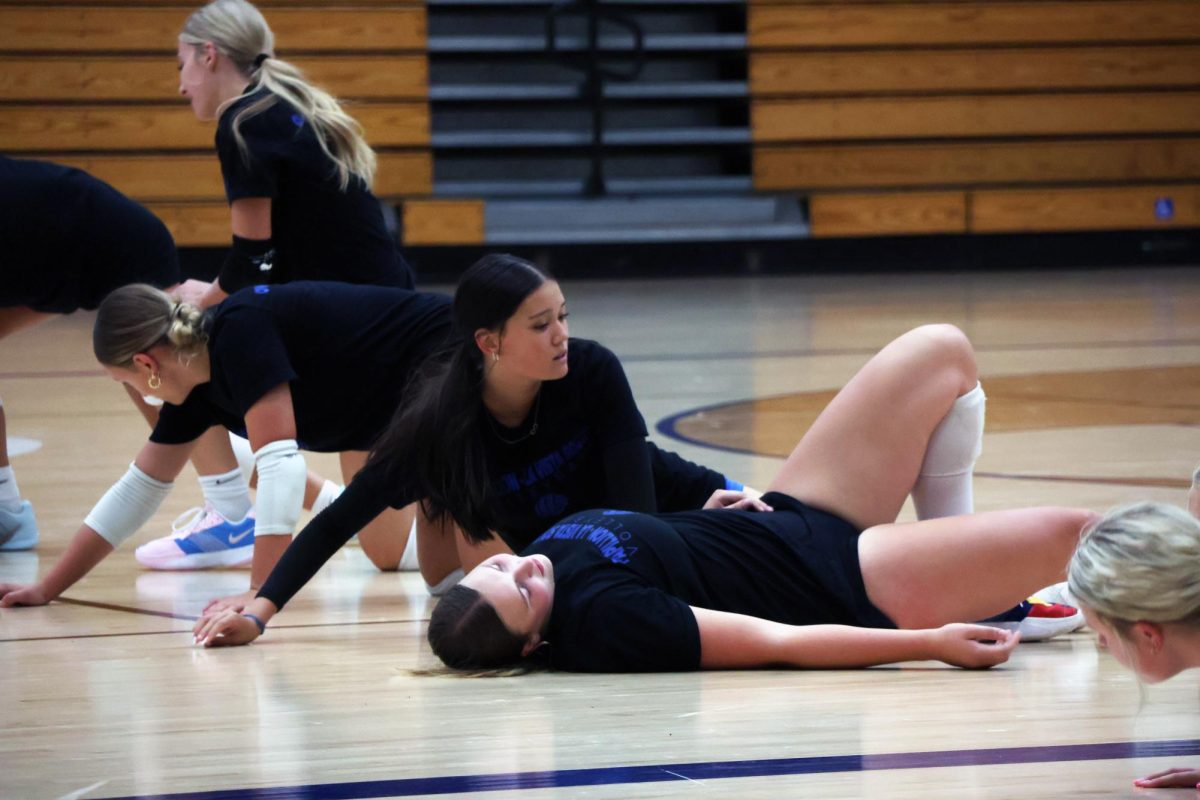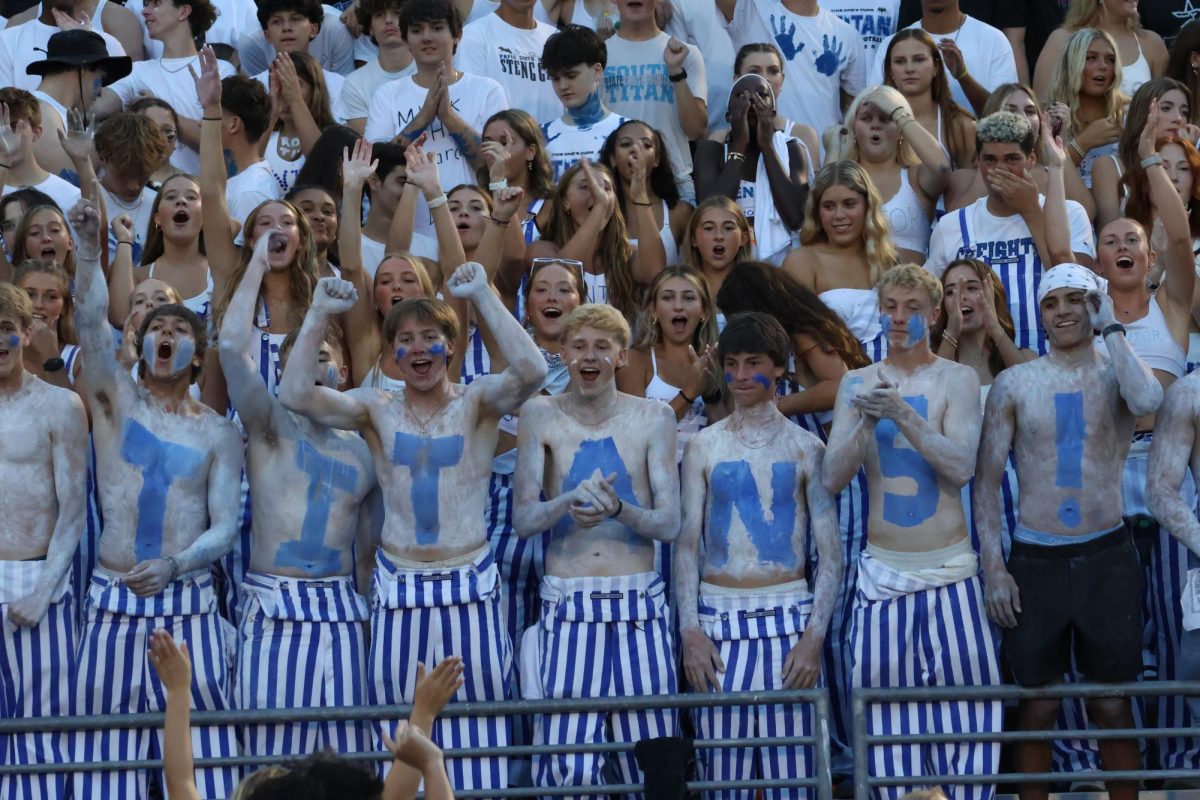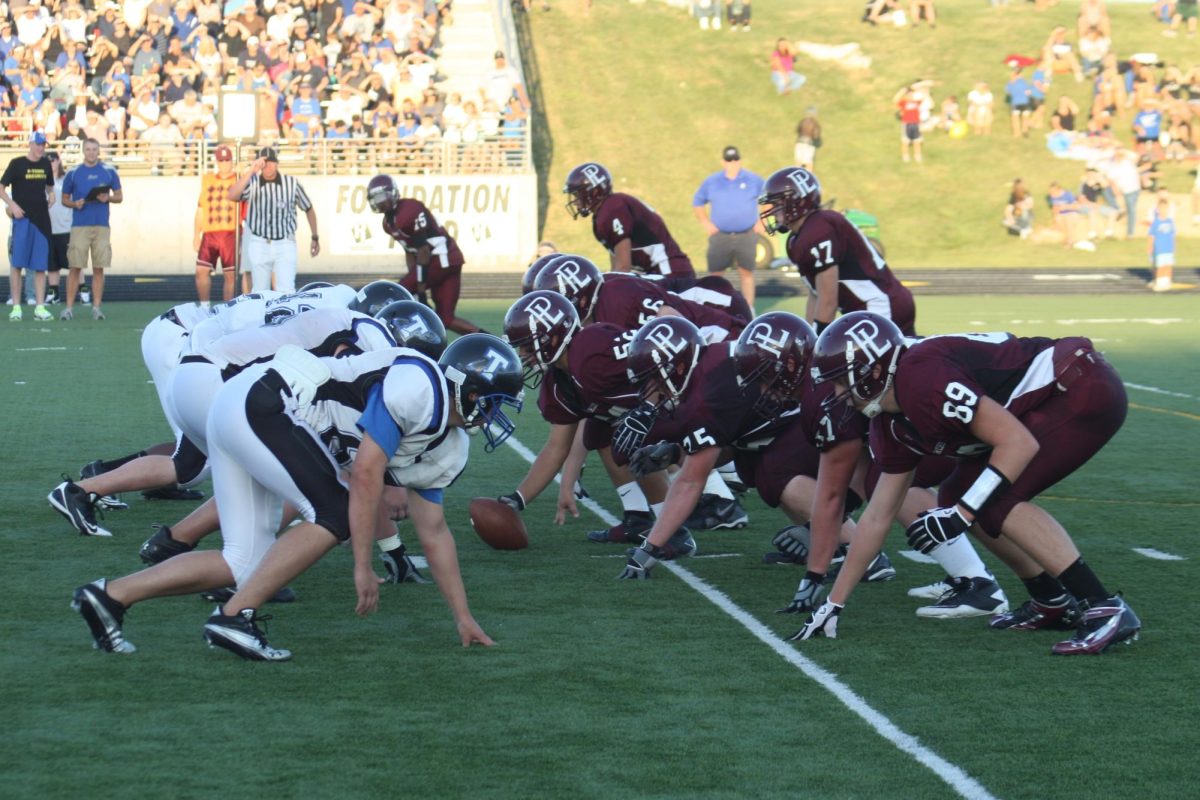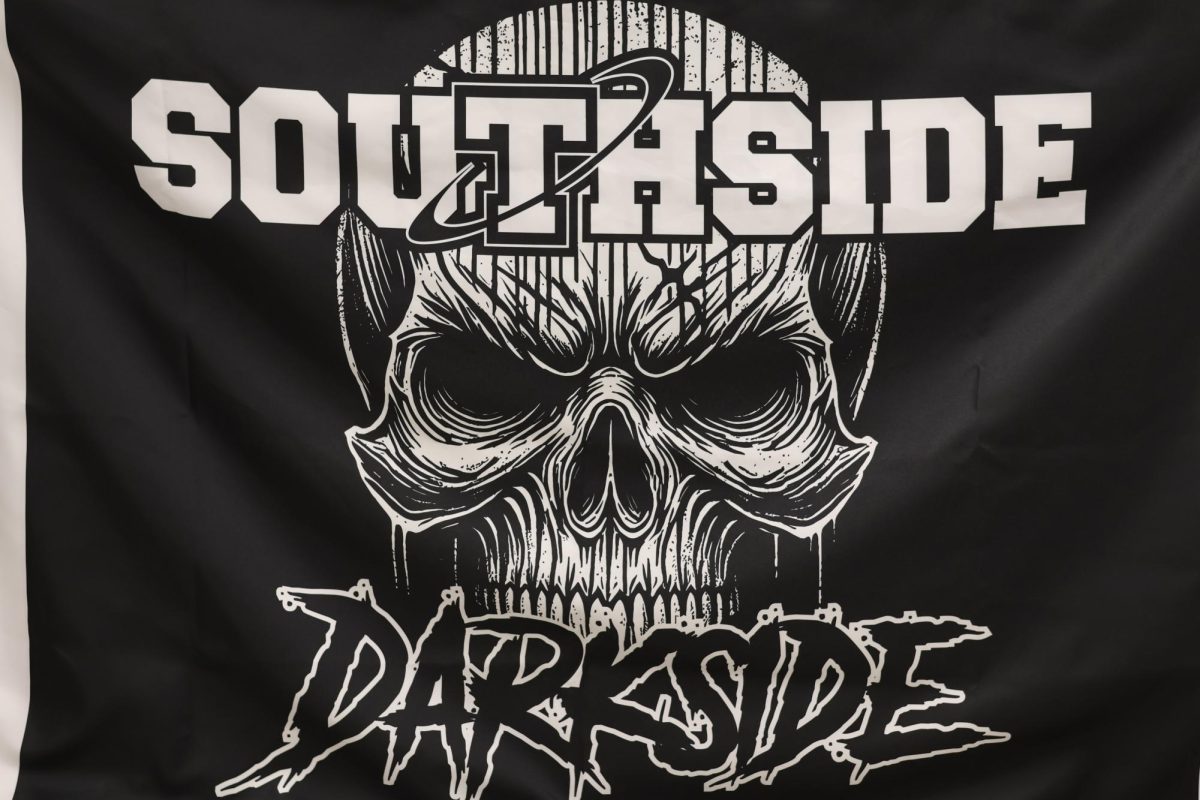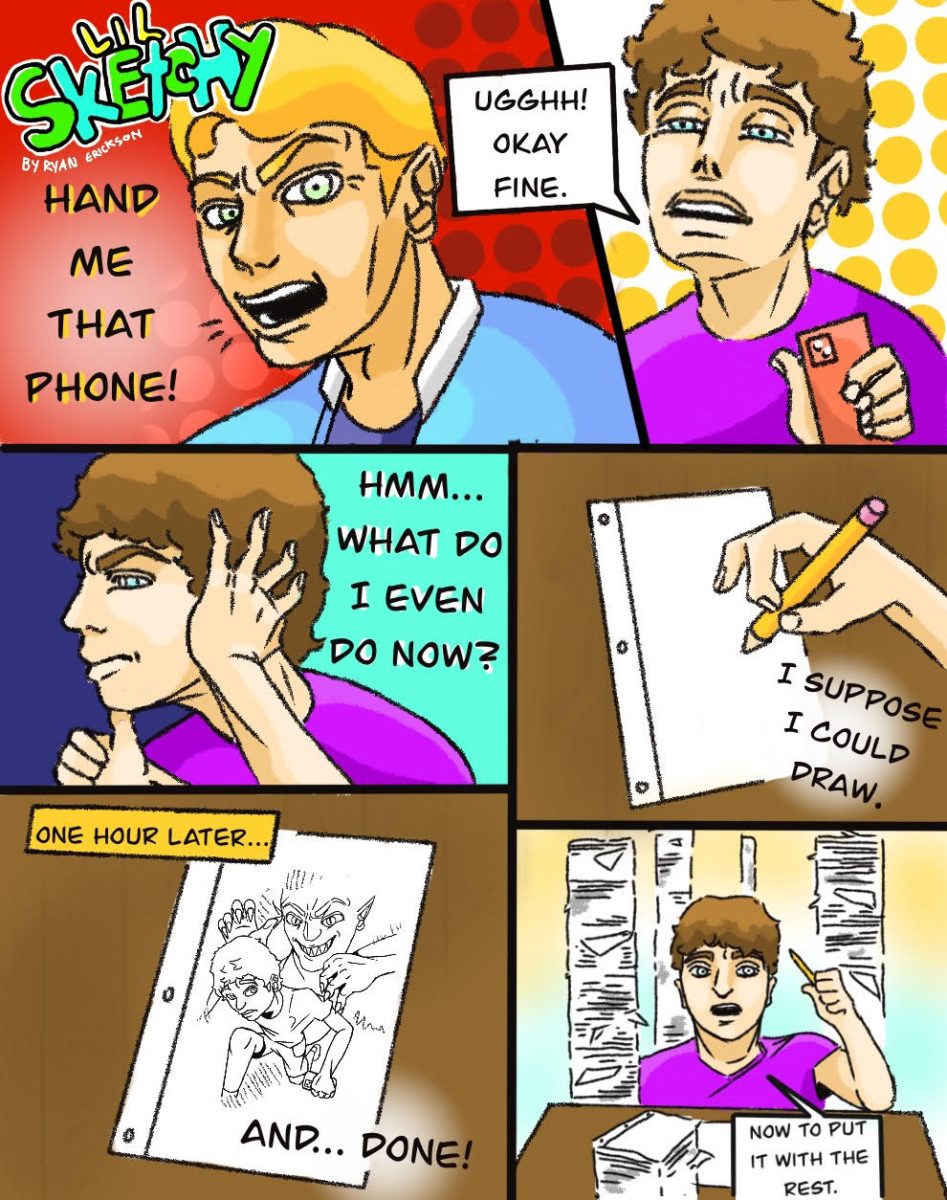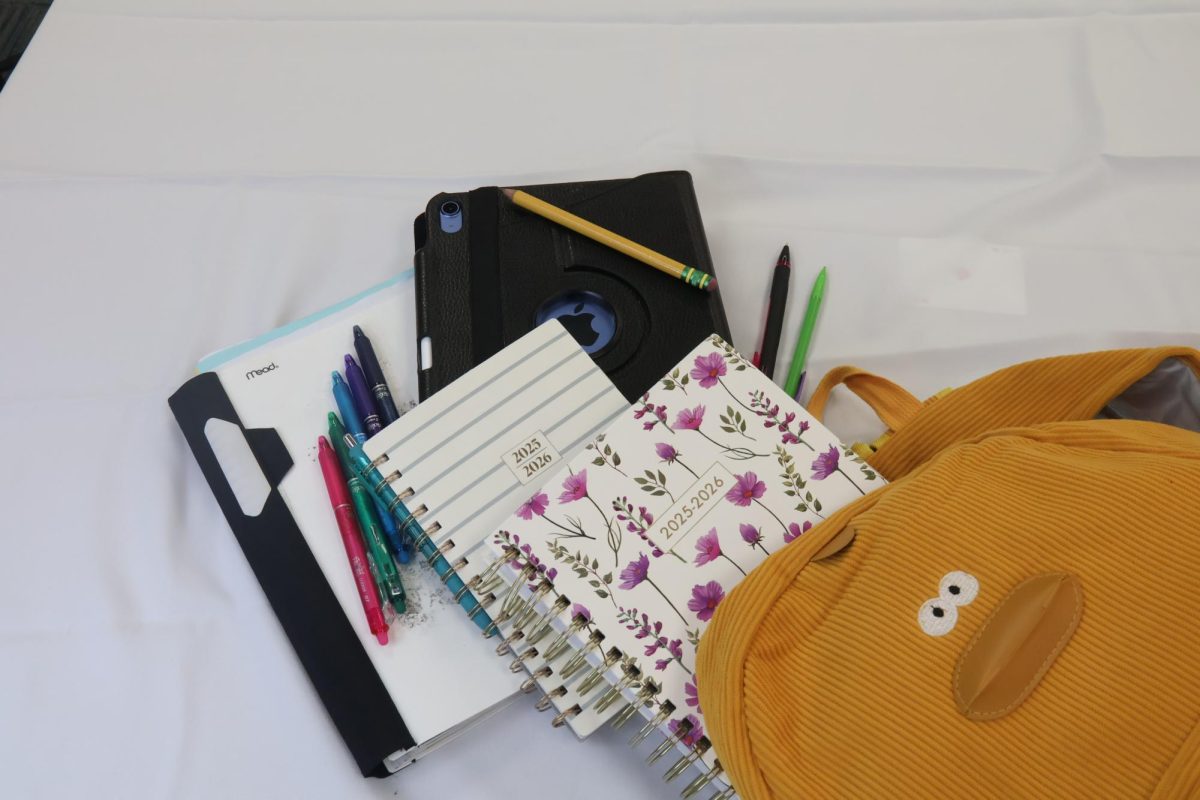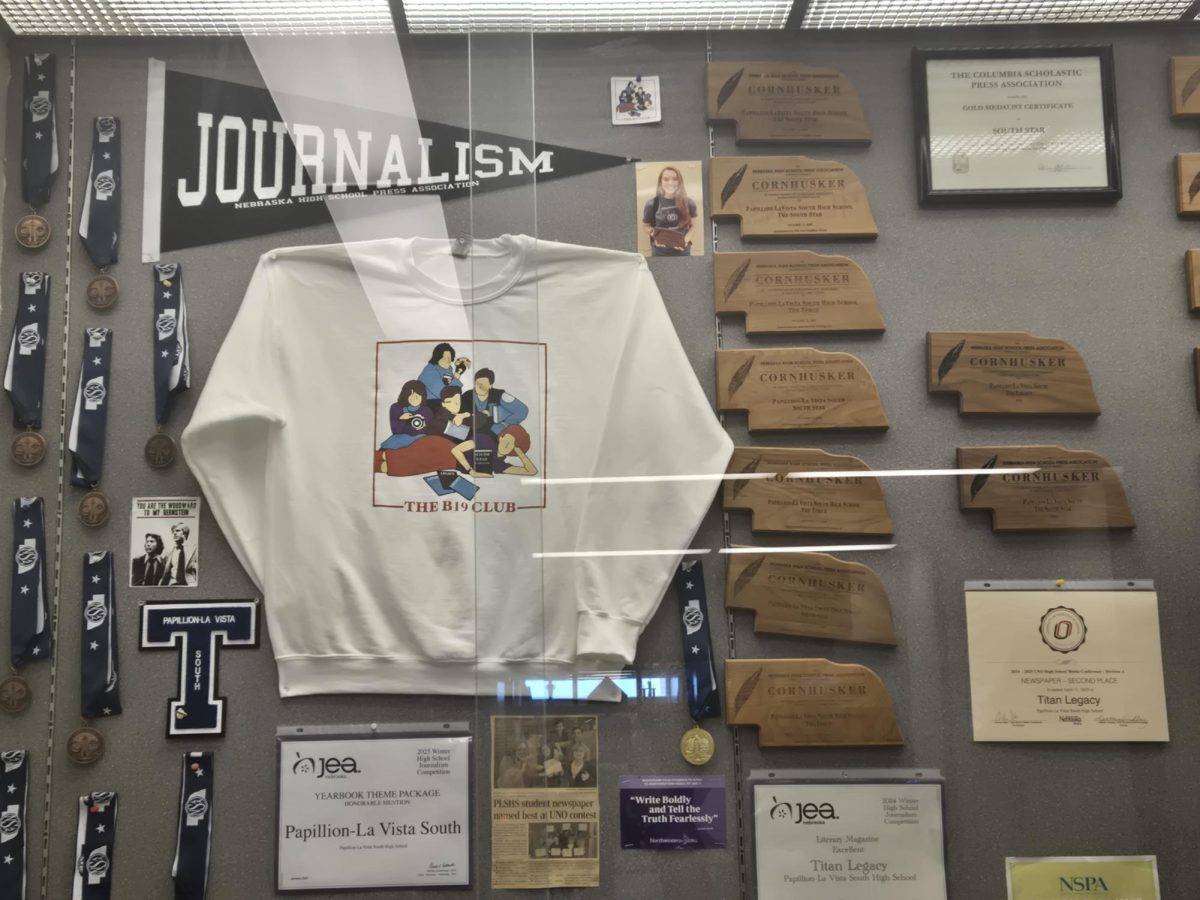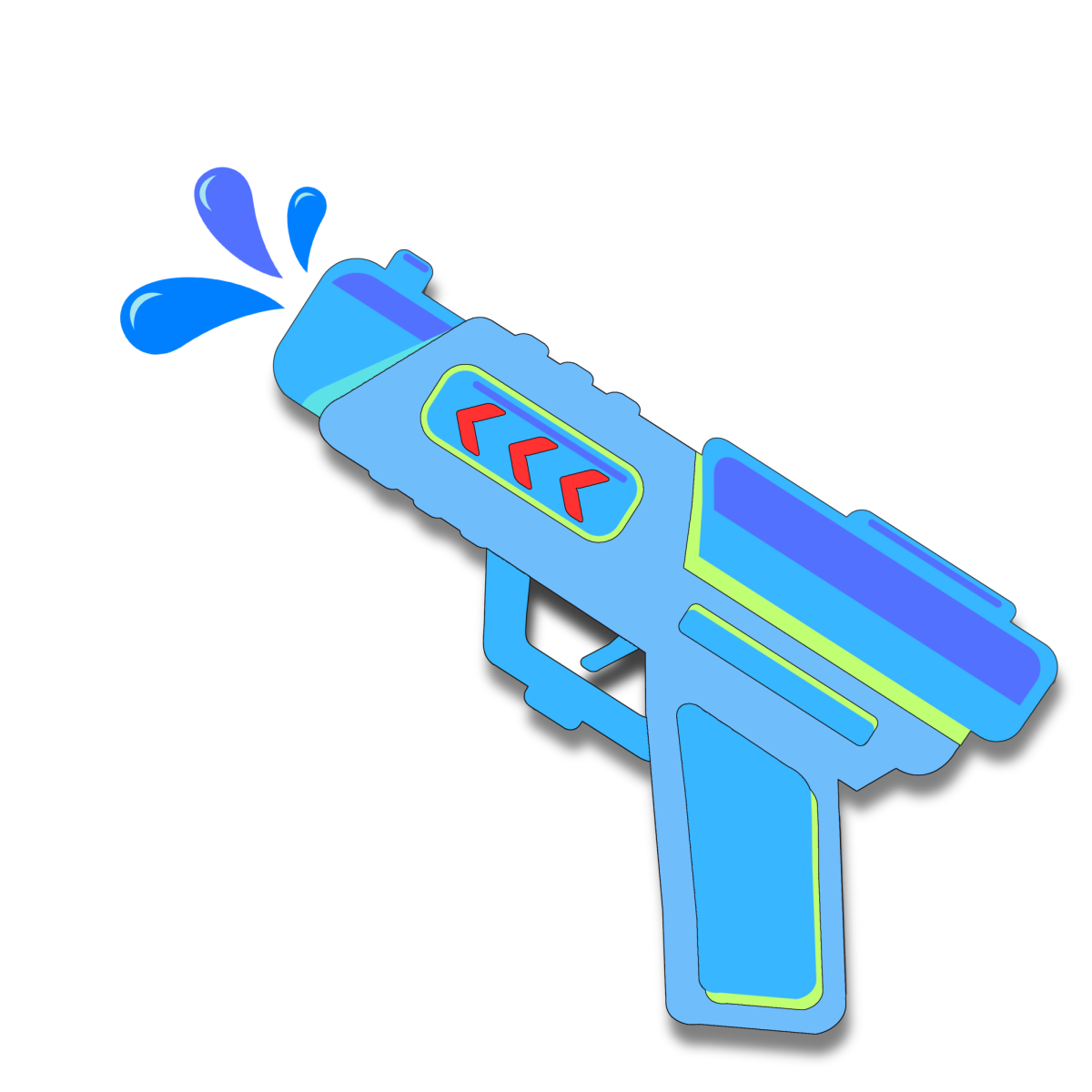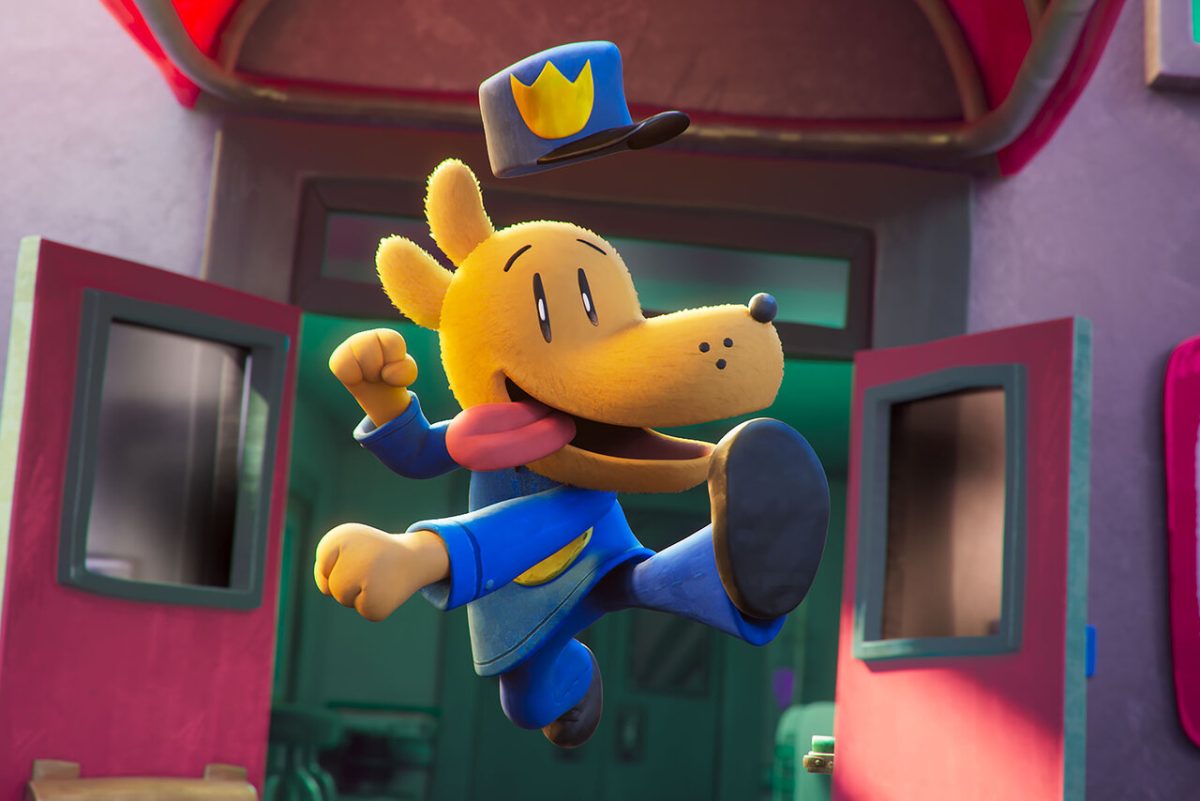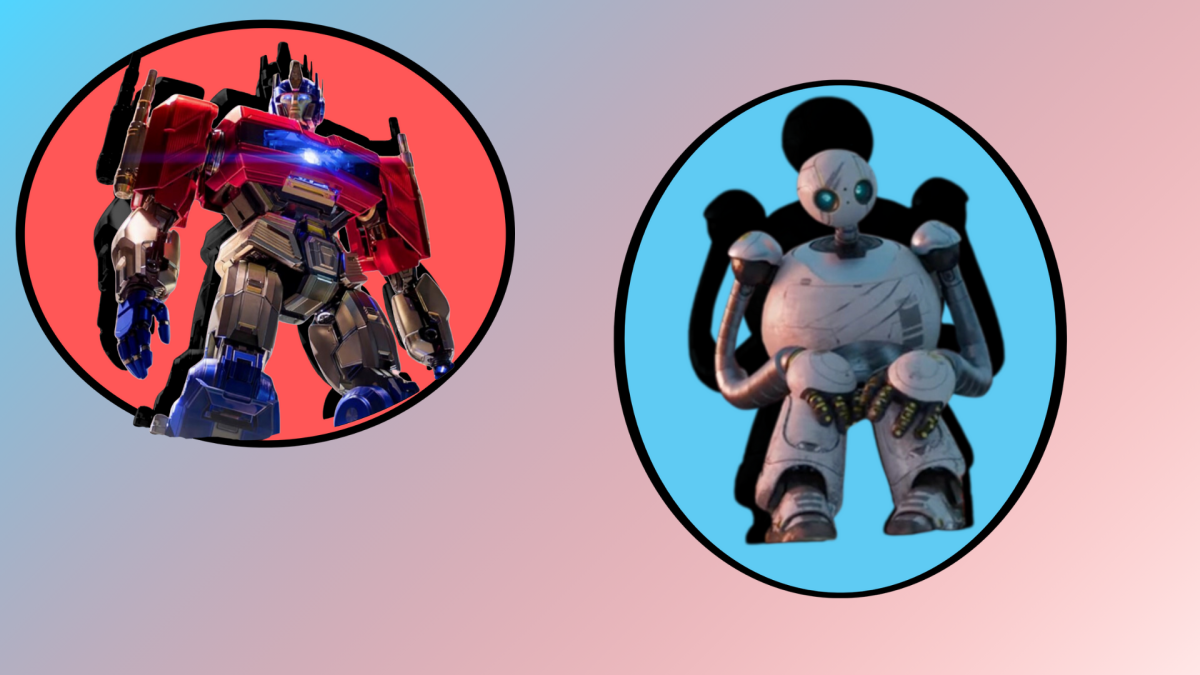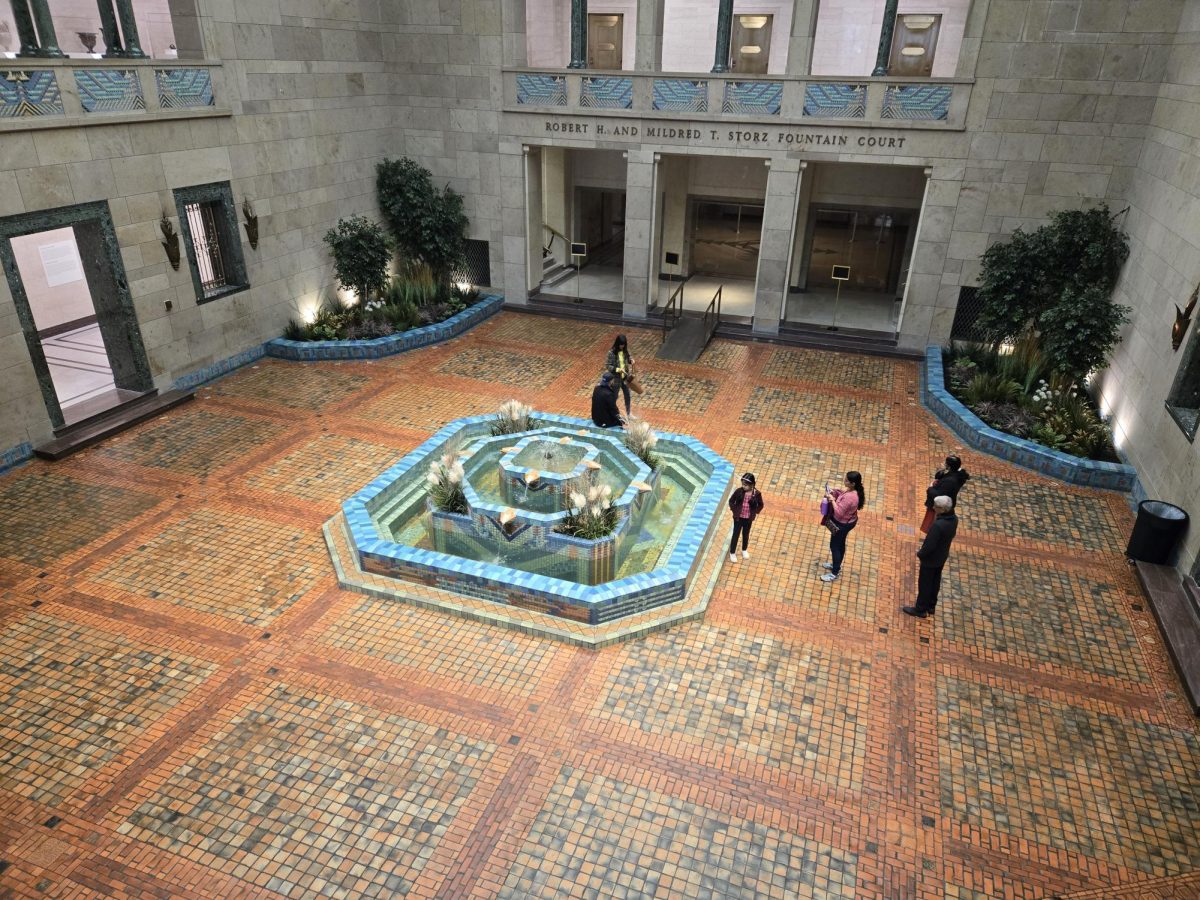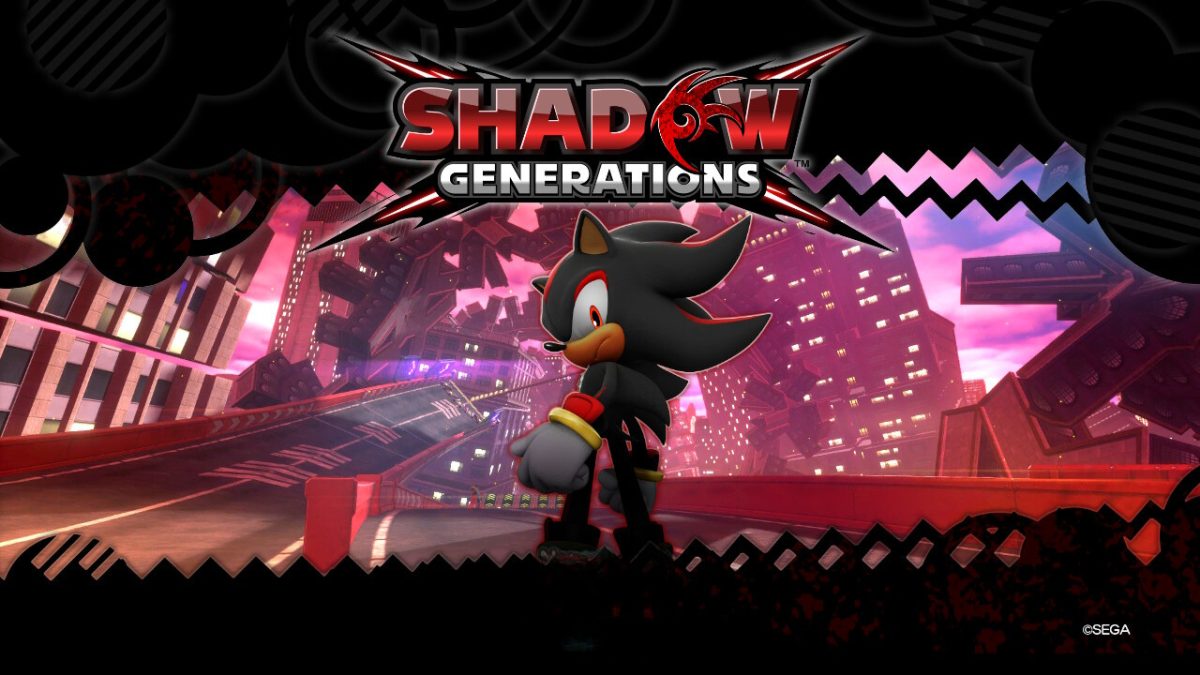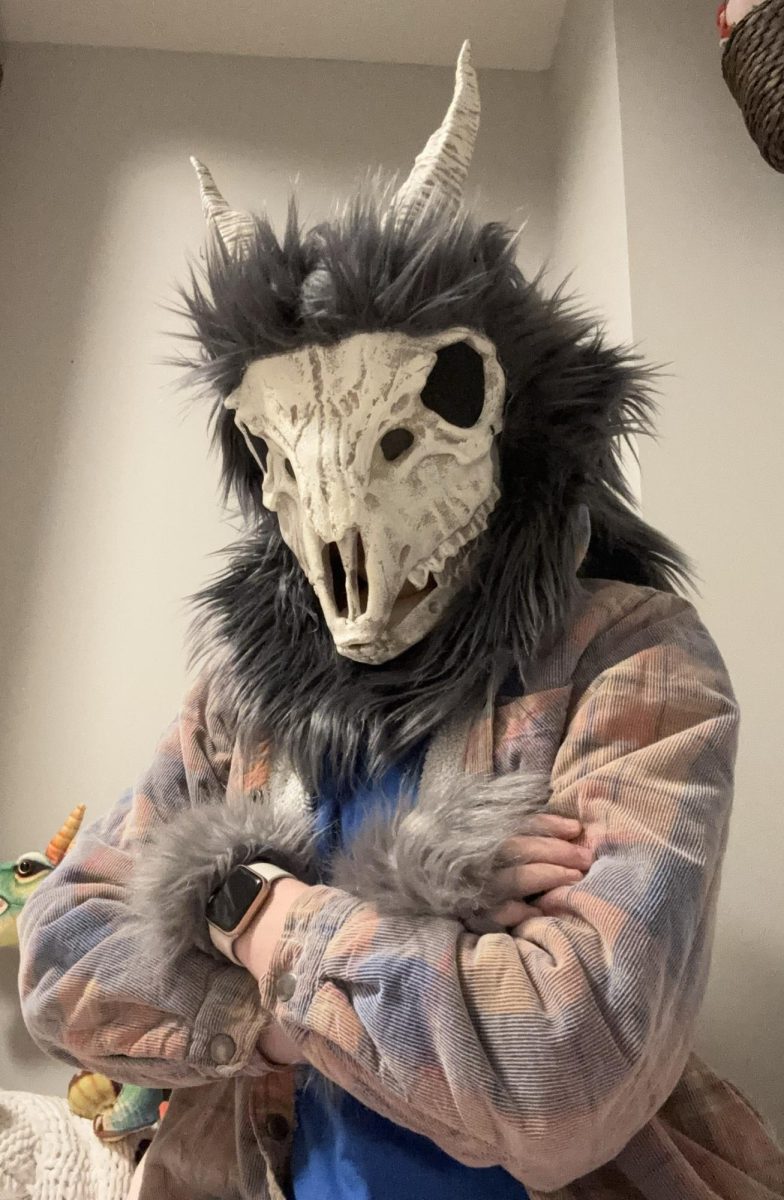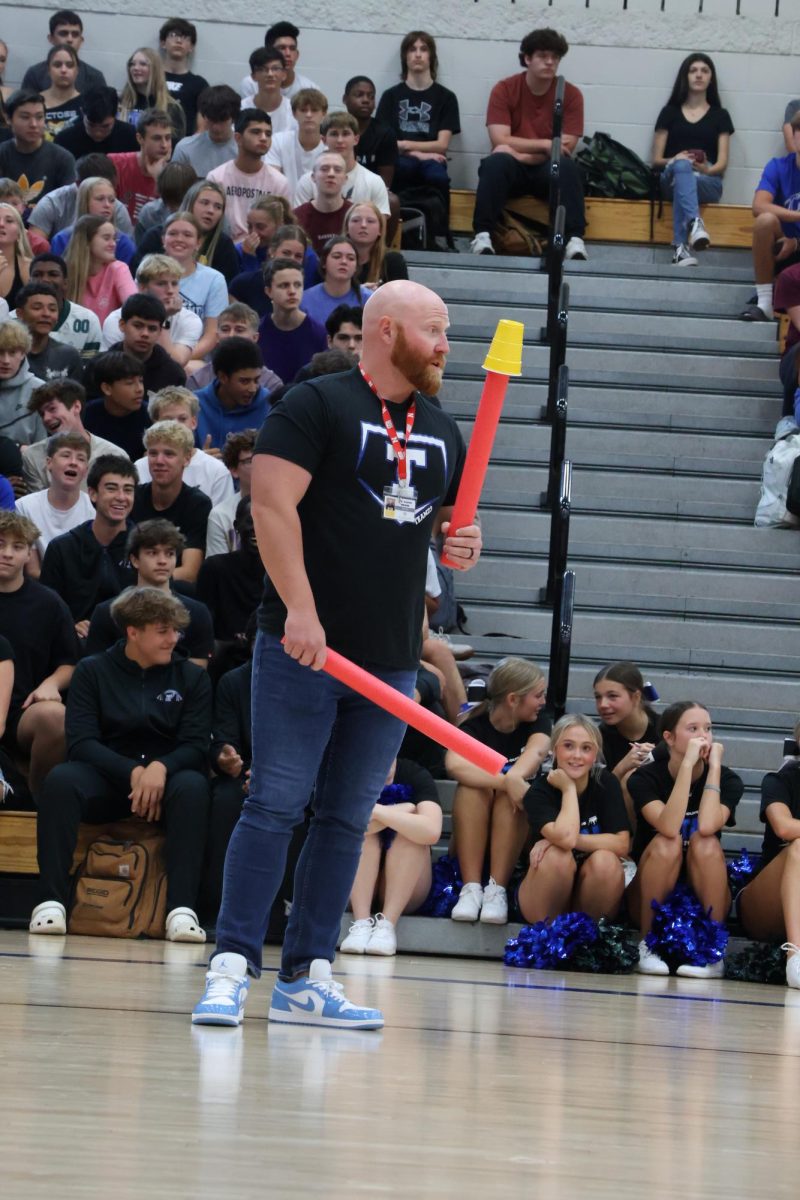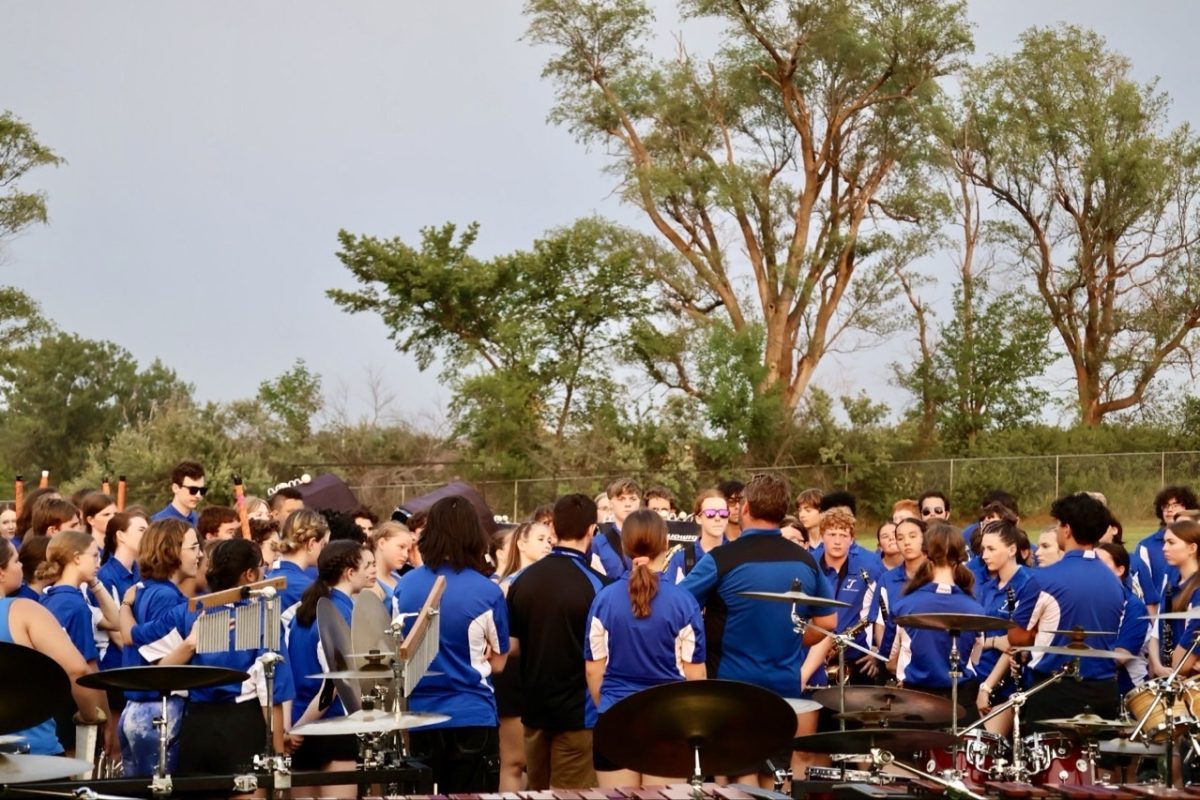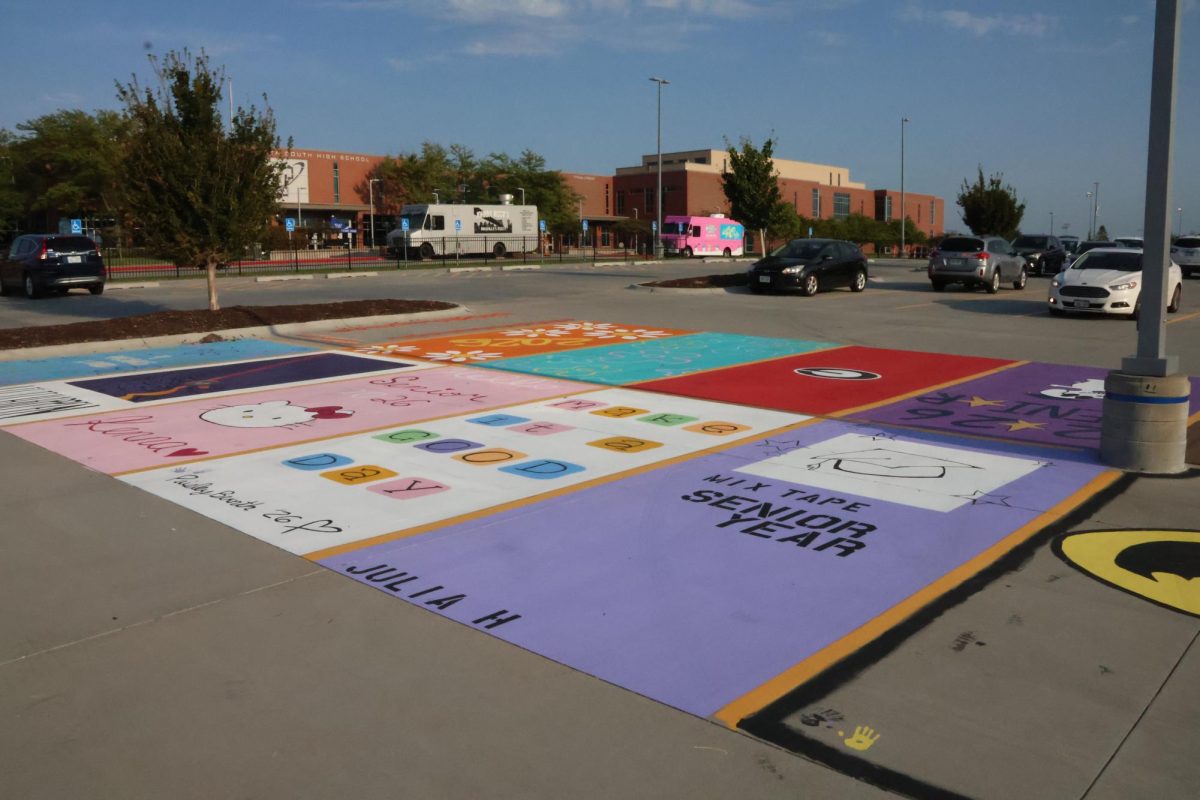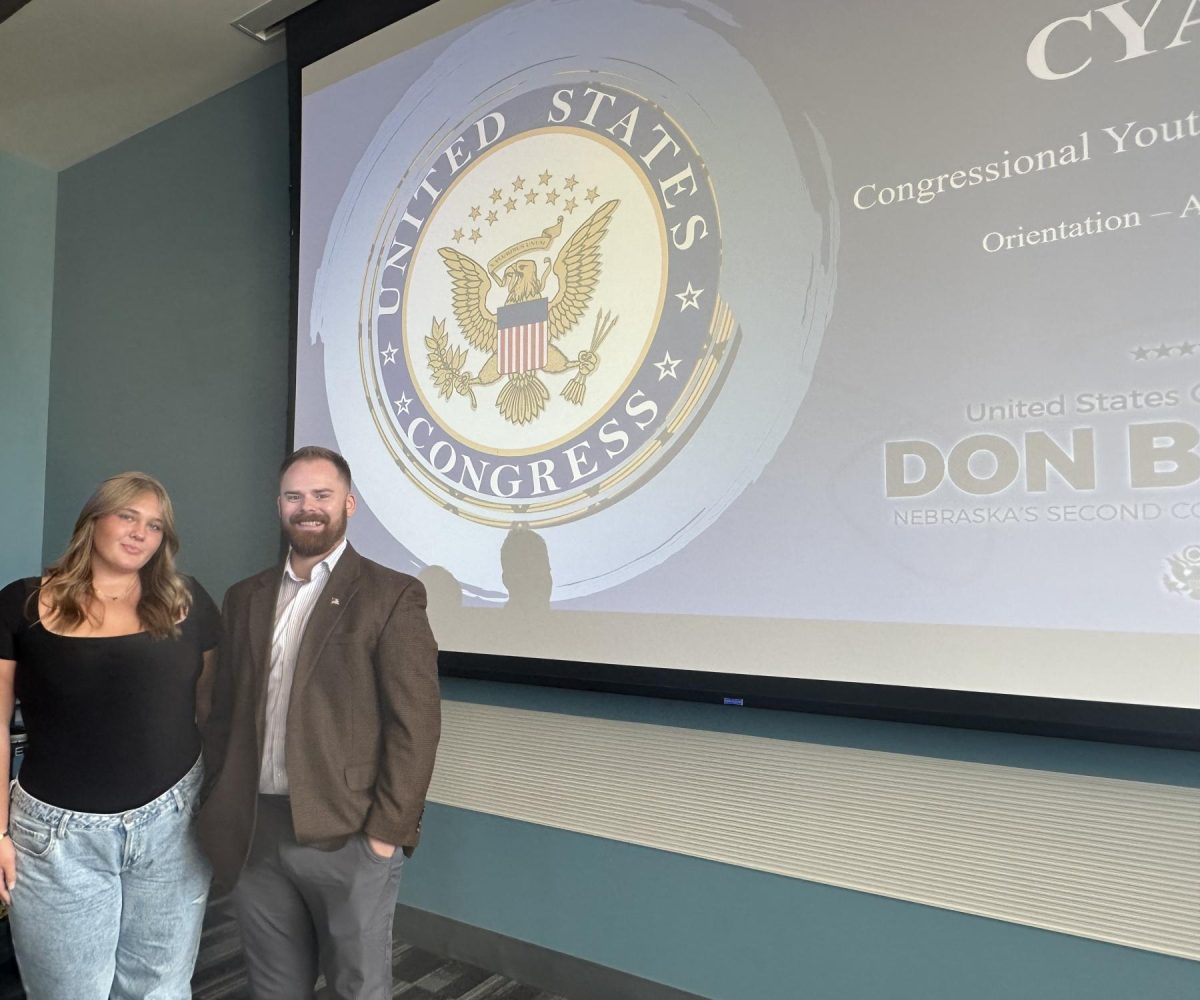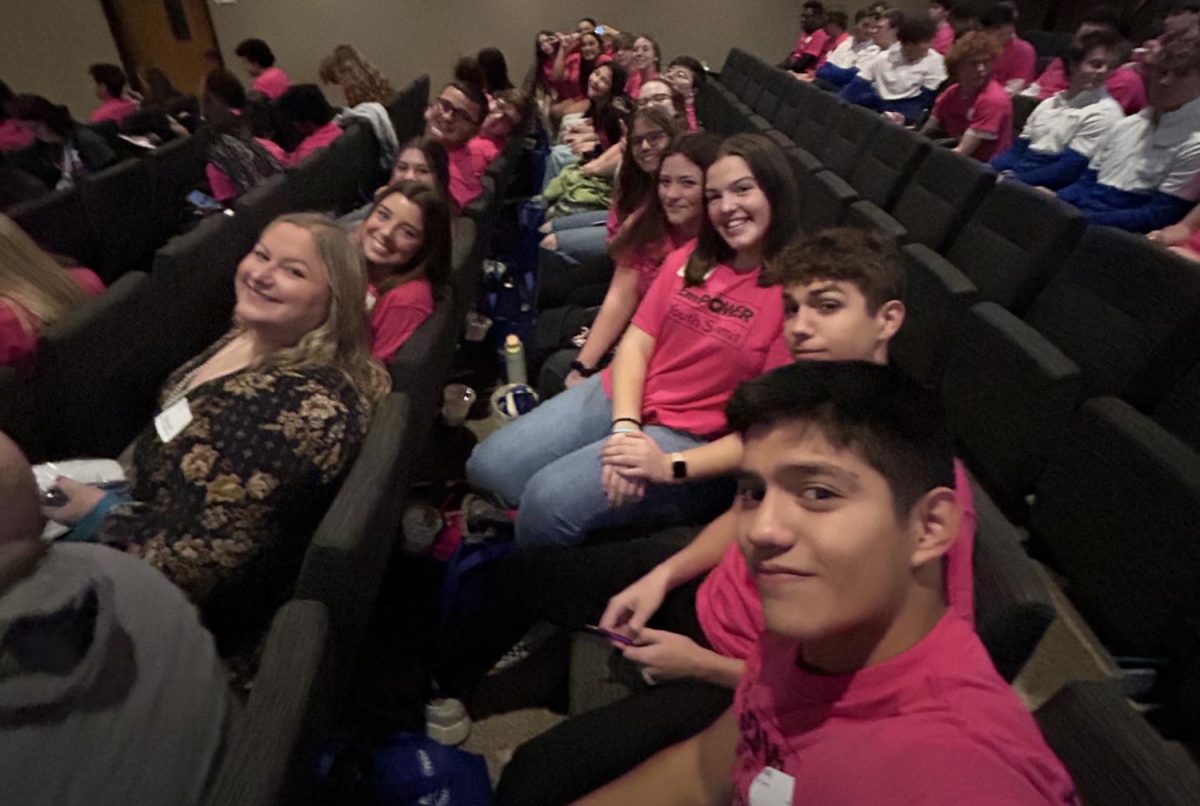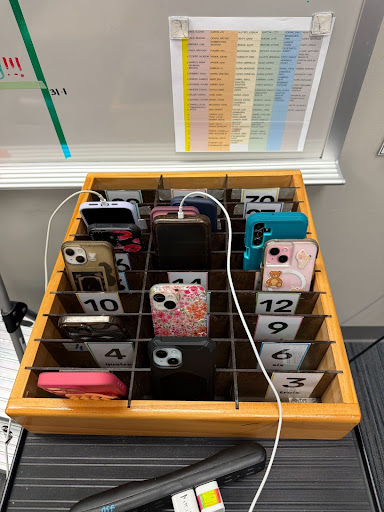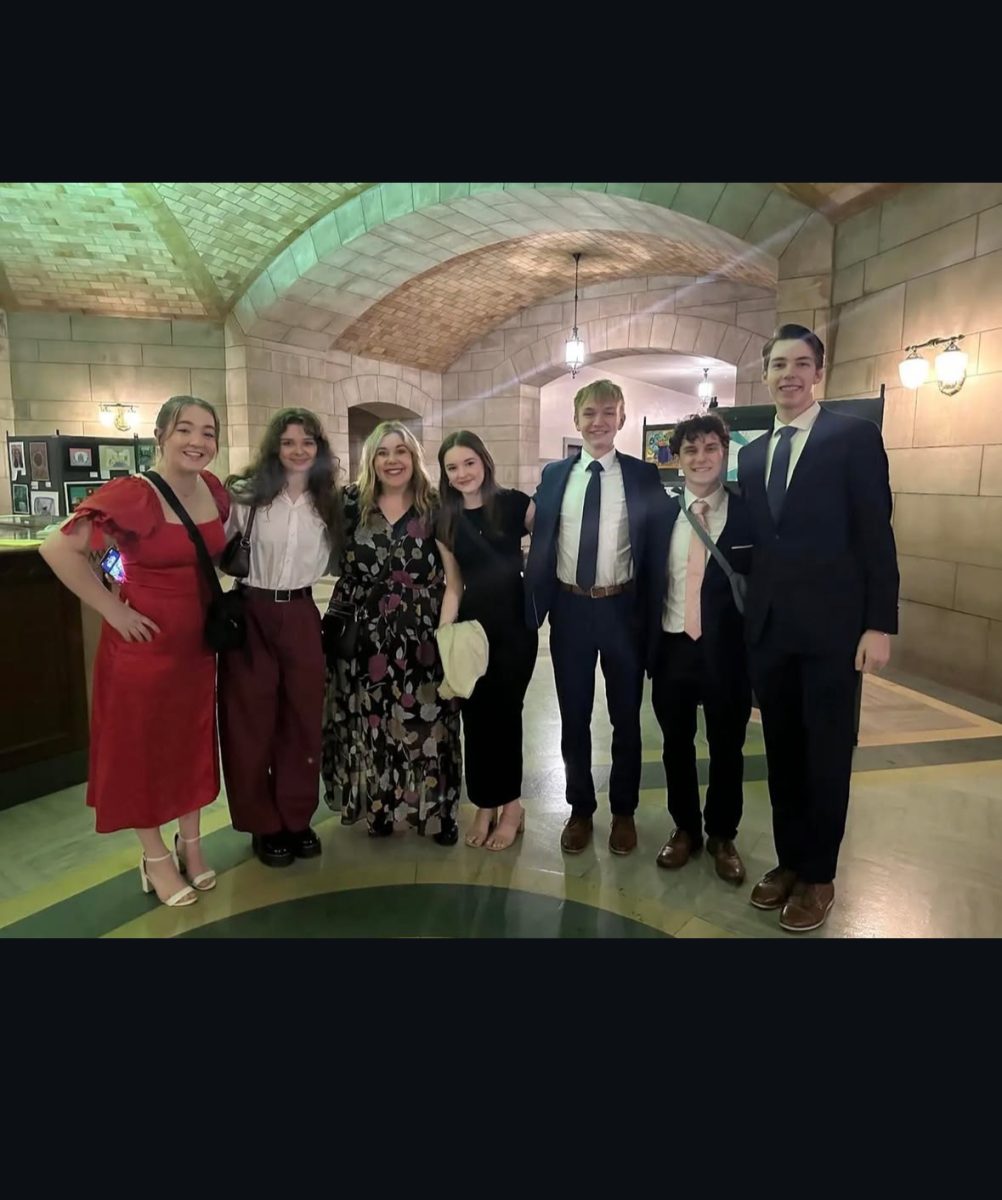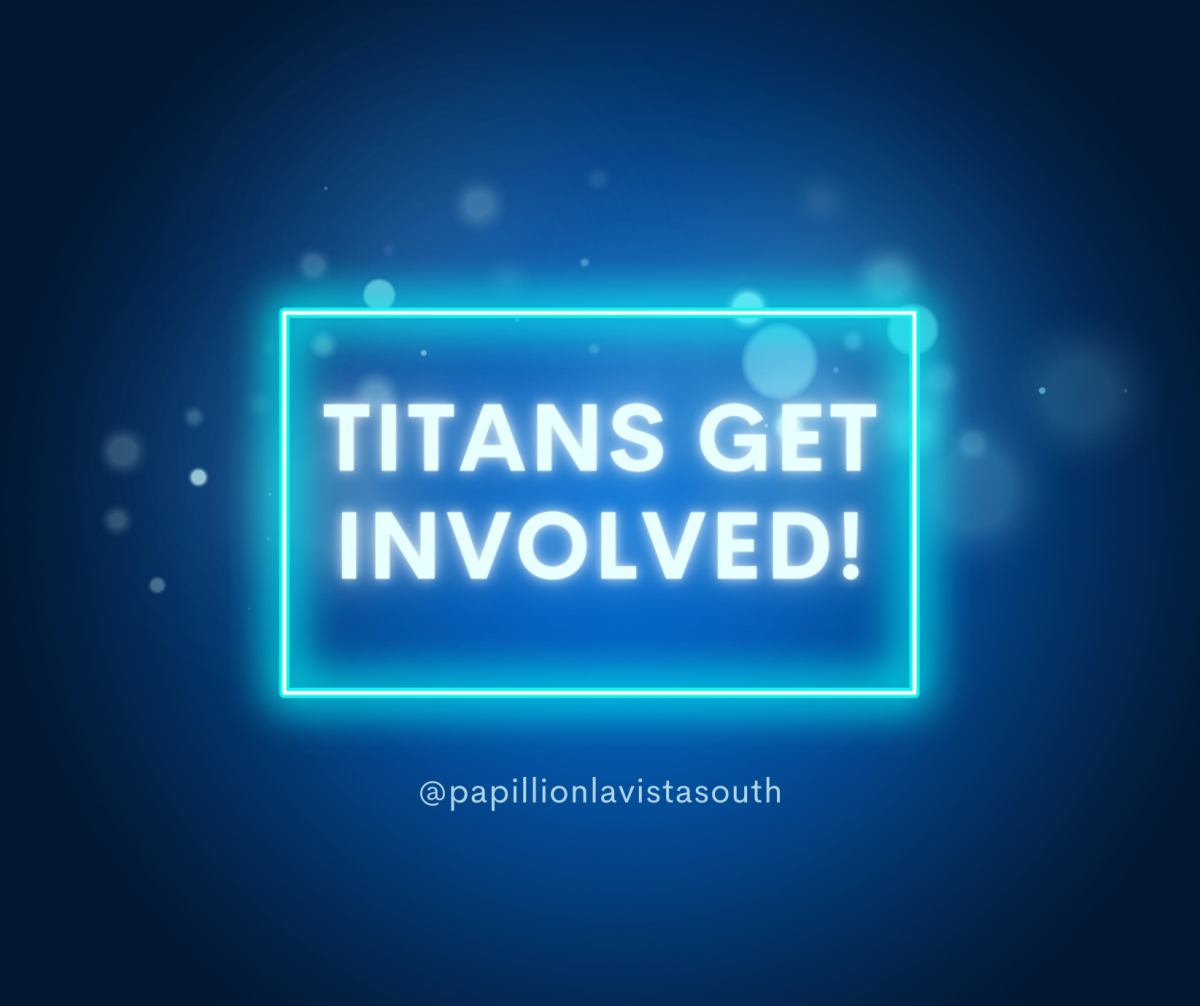NJROTC is a familiar presence at pep rallies and during the National Anthem at football games. Behind the scenes, there is more the program is trying to achieve.
Compared to the 120 cadets in the program this year, this is almost double of what numbers were just a few years ago. There was a gain of over 50 cadets this school year, but looking at numbers is only one way to measure the program’s growth.
“We want to take more field trips, more competition trips, we want to invite more guest speakers in,” Commander Adam Schlismann said. “We want to have more opportunities in general, but growing numerically is part of that.”
One of the biggest ways the NJROTC has tried to grow is by going to the district’s middle schools to showcase the program. Last year the program created an official role, the Recruitment Coordinator, and junior Hannah Greenwell held that position, but now has moved to be the Supply Officer.
The goal in going to middle schools is to break stereotypes of NJROTC along with showing the different groups and specialties that a student could potentially join.
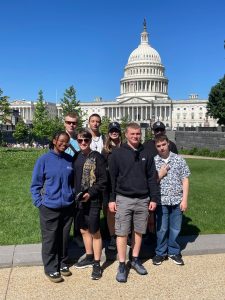
“A lot of the instructors and a lot of the people that I decided to take down to those recruiting events are really sweet, and they can crack a joke,” Greenwell said. “I feel like eighth graders see that we are a lot of fun, and if you guys talk to us we’re not going to snap back at you.”
The ultimate goal of the recruitment at middle schools is to keep numbers within the program growing. The cadets hope to see the middle schoolers they talked to join the organization.
“A couple of my cadets that I actually taught and trained were from middle schools that I’ve went down to,” Greenwell said. “That was really nice to just be able to say, I’m the one who convinced you to join ROTC and I’m the one who’s teaching you how to get higher and higher like I did – I really like seeing that.”
NJROTC has many people from different backgrounds and with different goals. Regardless of whether someone is focused on joining the military some way in the future, one thing anyone can get out of the program is leadership.
“It really gives you the leadership role that some kids don’t really find,” said Athletics Chief Fiona Thorne, a junior. “ It can kind of put you out of your comfort zone if you’re an introvert and you don’t know how to talk to people.”
The focus of the program is to have students lead in many different ways. Cadets work hard to prove themselves to gain leadership opportunities, and this is important in keeping the culture of the program.
“As great as the staff in ROTC are, they’re not going to be able to understand every single moment that happens in a 14-year-old cadet’s life,” Drone Commander Brandyn Greenwell, a senior and brother of Hannah Greenwell, said. “[Having senior leaders] really can help there be an actual connection between the person teaching and the person who’s being taught.”
Staff are still there to keep structure and determine who will go into these leadership positions.
“By the time we’re appointing a senior as part of the leadership team… we have a very good feel of their strengths and weaknesses, and we’ve seen them grow,” Schlismann said. “… A lot of times they’re really jockeying for specific positions, and sometimes there’s disappointment.”
There are almost 40 leadership opportunities within a program with over 120 cadets.
For the five teams offered, marksmanship, drones, color guard, athletics, and drill (both unarmed and armed) there are at least two leadership opportunities per team. For almost every position there are two leadership positions.
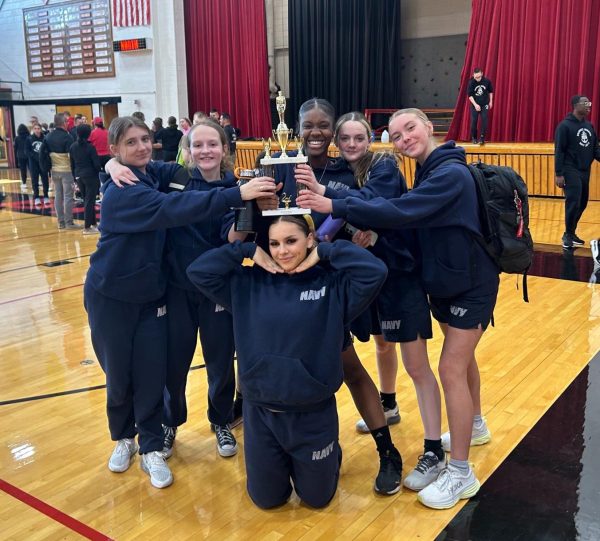
“In the different leadership in ROTC, not one could do the other person’s job,” Brandyn Greenwell said. “Every single person is specialized in their one role, and the more people we have, the easier it is for everyone to find their own role.”
Leadership roles are often passed down from one leader to another. Many cadets within the program try to change their role to give it to someone else or to experience something different.
“A lot of people say that I did a really good job – I like to think so too – but you kind of got to pass it down,” Hannah Greenwell said. “I’m hoping I can train [the next leader] to the level that I was at and give her the kind of knowledge that I put into that last year.”
Every Thursday NJROTC wears uniforms and typically goes through inspections ranging from shoes being shined, hair being neat, and having long black socks on.
“It really helps us show that we aren’t intimidated by the idea that we’re not like every other group,” Brandyn Greenwell said. “We have a uniform; we stick by it. It’s one of the main things that we pride ourselves in, because when we do it, we really try to make sure that we look good in it and that every single thing on that uniform is correct.”
Many students enjoy being able to show their accomplishments or just being in the program, but outside of the program students might not see their uniforms as such.
“I kind of rock it like I would a dress. If I was walking down in Walmart in a dress and high heels, that’s kind of what I feel like,” Thorne said. “…Yeah, some kids are going to say stuff…everybody is going to say anything, no matter what you’re wearing.”
One of the biggest parts of the program is that the cadets are students, meaning they are still learning and growing.
“It’s a really good training environment where people can fail without anything truly bad happening, and people do fail sometimes; that’s part of life, that’s part of learning,” Schlismann said. “…We’re just looking for that willingness to improve and get better.”
Within the learning and growing in the numbers of the program, the NJROTC identity is also expanding.
“Honestly, there’s genuinely a lot of cool people in [NJROTC],” Thorne said “There’s kids who want to do something with their life outside of it, they want to serve our country, and there’s nothing wrong with that.”



![Pictured above is a structure that displays the names of Nebraska Vietnam veterans in order to “honor [their] courage, sacrifice and devotion to duty and country.”](https://plsouthsidescroll.com/wp-content/uploads/2025/10/Trey_092625_0014-e1760030641144-1200x490.jpg)
